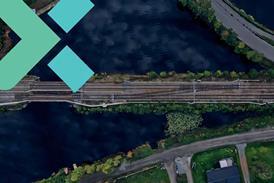Close menu
- Home
-
News
- Back to parent navigation item
- News
- Traction and rolling stock
- Passenger
- High speed
- Freight
- Infrastructure
- Policy
- Technology
- Ticketing
- Business
- Research, training and skills
- Accessibility and inclusion
- People
- Urban rail news
- Suburban and commuter rail
- Metro
- Light rail and tram
- Monorail and peoplemover
- Regions
- InnoTrans
- In depth
- Events
- Data
- Maps
- Tenders & Jobs
- Sponsored content
- Insights
India: Budget boost provides opportunities for railway reform
2024-10-18T09:49:00

The government is continuing to provide liberal support for Indian Railways in its 2024-25 budget unveiled on July 23, but Raghu Dayal suggests that this largesse is not enough. IR is in need of transformative restructuring if it is to reverse the long decline in its market share.
Already have an account? LOG IN














